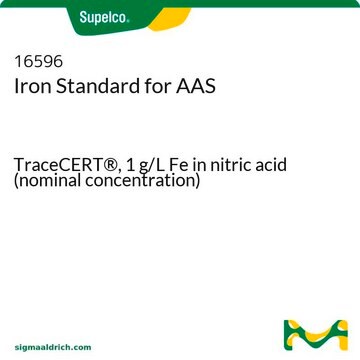27602
Caffeine
anhydrous, tested according to Ph. Eur.
Synonym(s):
Coffeinum, 1,3,7-Trimethylxanthine
About This Item
Recommended Products
grade
anhydrous
Quality Level
Agency
EPA 1694
USP/NF
tested according to Ph. Eur.
form
powder
mp
234-236.5 °C (lit.)
solubility
H2O: soluble 18.7 g/L at 16 °C
application(s)
environmental
SMILES string
CN1C(=O)N(C)c2ncn(C)c2C1=O
InChI
1S/C8H10N4O2/c1-10-4-9-6-5(10)7(13)12(3)8(14)11(6)2/h4H,1-3H3
InChI key
RYYVLZVUVIJVGH-UHFFFAOYSA-N
Gene Information
human ... ADORA1(134) , ADORA2A(135) , ADORA2B(136) , ADORA3(140) , PDE4B(5142)
mouse ... Adora2b(11541)
rat ... Adora1(29290) , Adora2a(25369)
Looking for similar products? Visit Product Comparison Guide
Application
Biochem/physiol Actions
Signal Word
Warning
Hazard Statements
Precautionary Statements
Hazard Classifications
Acute Tox. 4 Oral
Storage Class Code
11 - Combustible Solids
WGK
WGK 1
Personal Protective Equipment
Choose from one of the most recent versions:
Already Own This Product?
Find documentation for the products that you have recently purchased in the Document Library.
Customers Also Viewed
Our team of scientists has experience in all areas of research including Life Science, Material Science, Chemical Synthesis, Chromatography, Analytical and many others.
Contact Technical Service


